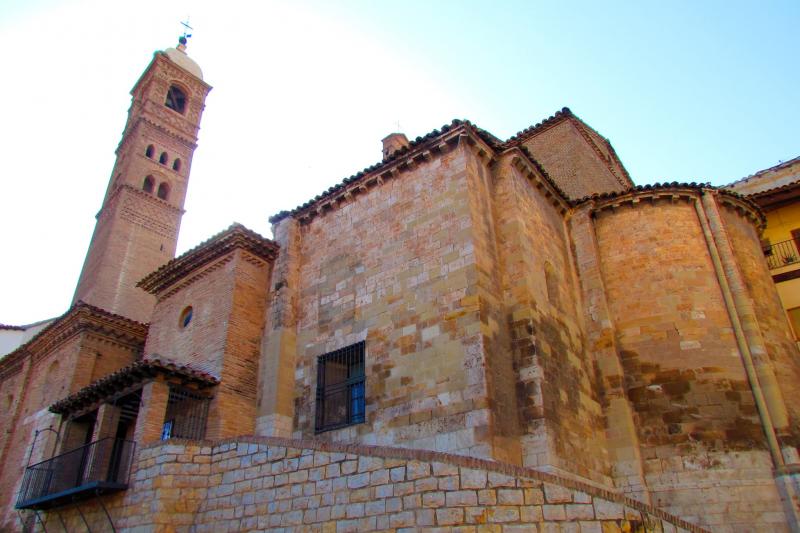
Santa María Magdalena de Zaragoza
Santa María Magdalena is a 14th century Mudéjar style church, although it previously existed as a Romanesque church in the 12th century. Its baroque interior dates from the 17th and 18th centuries.
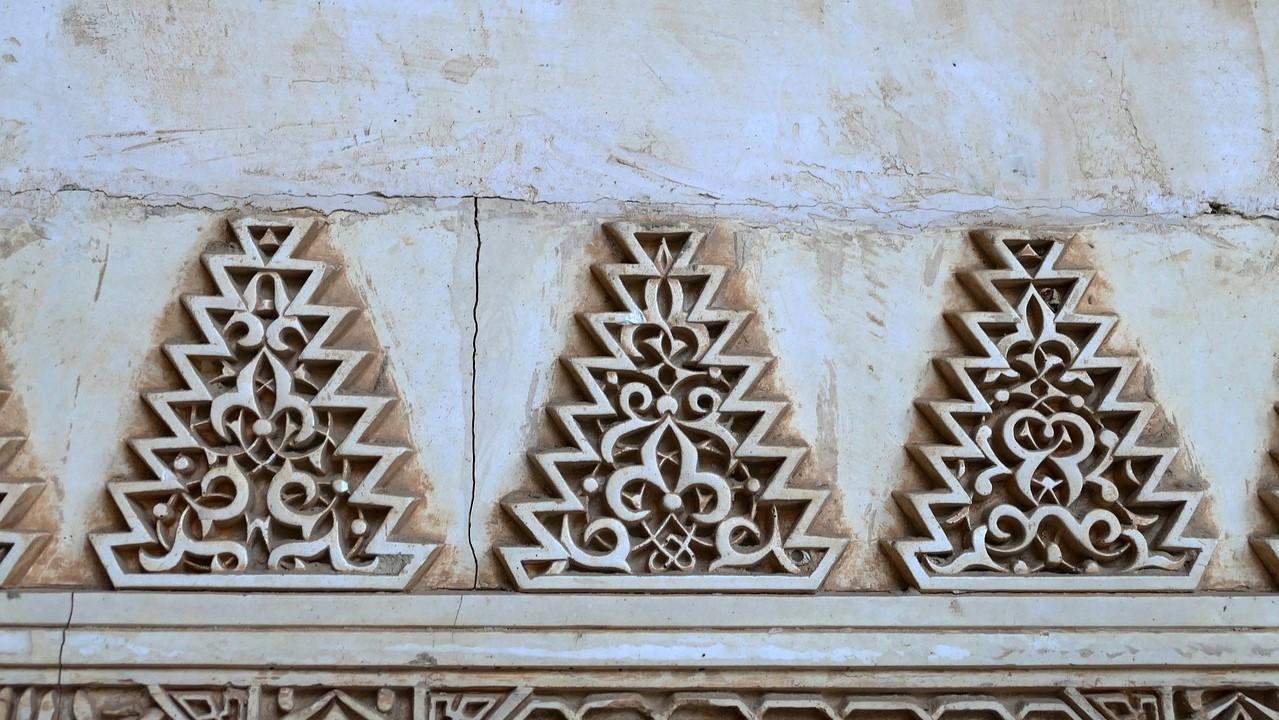
Mudéjar art is inherent in Spain. Influenced by Islamic tradition, it reflects various contemporary European styles, particularly Gothic. Present until the early 17th century, it is characterised by an extremely refined and inventive use of bricks and glazed tiles in architecture, particularly in belfries.

Santa María Magdalena is a 14th century Mudéjar style church, although it previously existed as a Romanesque church in the 12th century. Its baroque interior dates from the 17th and 18th centuries.
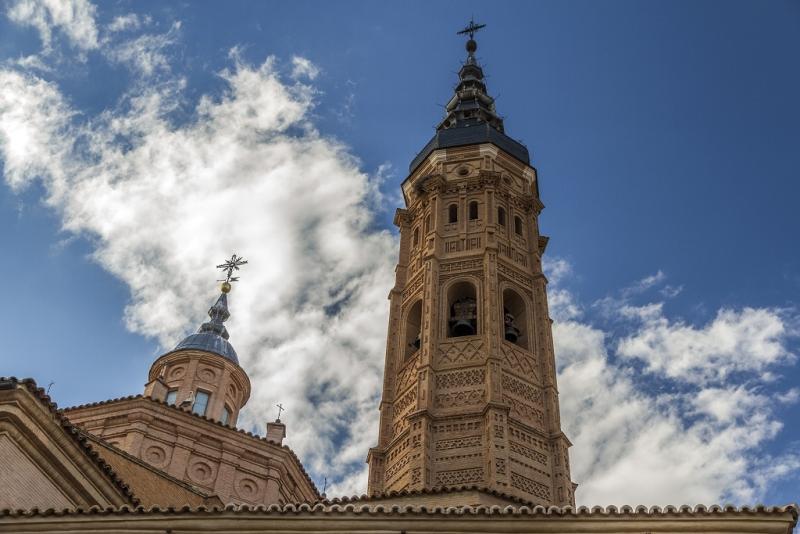
The Collegiate Church of Santa María la Mayor was built from 1120 on a former mosque. The current temple dates from the early 17th century. The tower is one of the main examples of the Aragonese Mudéjar style. It has an octagonal plan and buttresses on the edges. The slate spire dates from about 1770 and the bell bodies date from the 17th and 15th centuries.
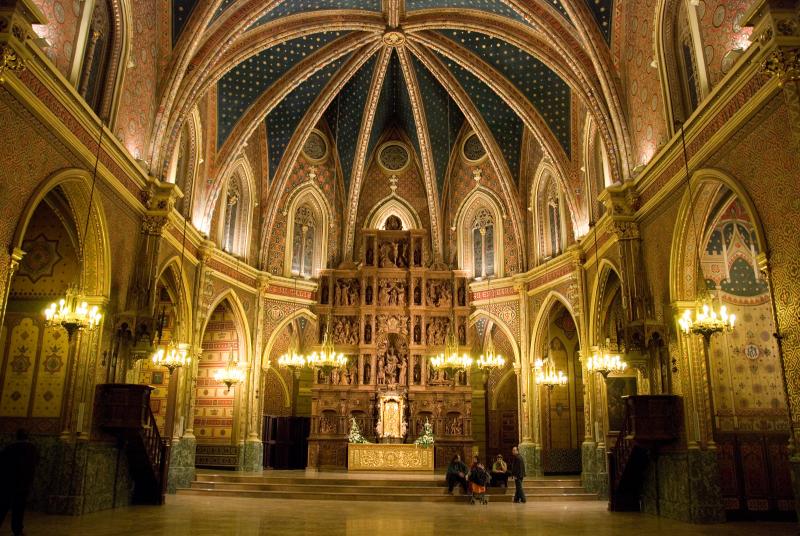
The church of San Pedro de Teruel is a 14th-century church typical of the Mudéjar architecture of Aragon. Its tower is the oldest example of Teruel Mudéjar and dates from the 13th century. The interior of the temple was decorated between 1896 and 1902 in Neomudéjar Modernist style by Pablo Monguió Segura and the artist Salvador Gisbert.
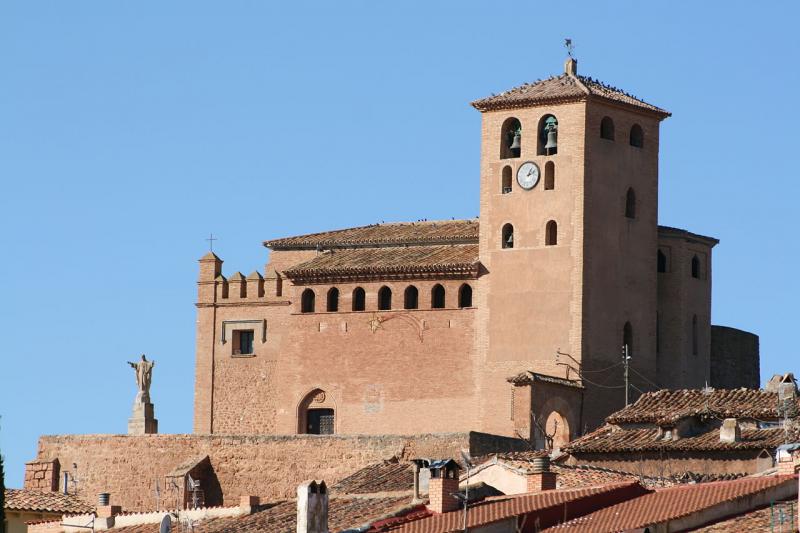
Santa Tecla de Cervera de la Cañada is a Mudéjar Gothic style church built between the 14th and 17th centuries. It is a clear example of a fortified church that has been listed as a UNESCO World Heritage Site for its Mudéjar architecture typical of Aragon.
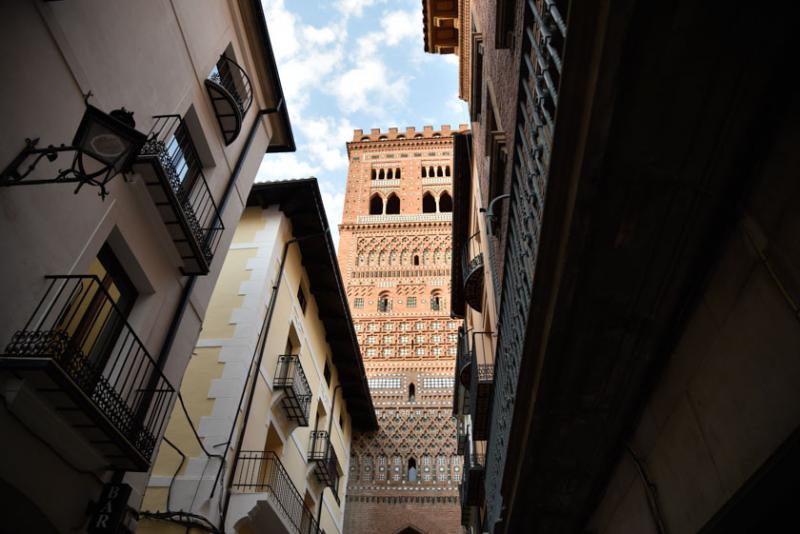
The tower of the church of Salvador de Teruel is a Mudéjar Aragonese style building built in the 14th century. At that time, the Muslim population still lived in the city thanks to the privileges granted by Alfonso II. The tower imitates the structure of the Almohad minaret with two concentric square towers. Once the restoration work was completed between 1991 and 1993, it became the first Mudéjar tower to be open to visitors in Teruel.
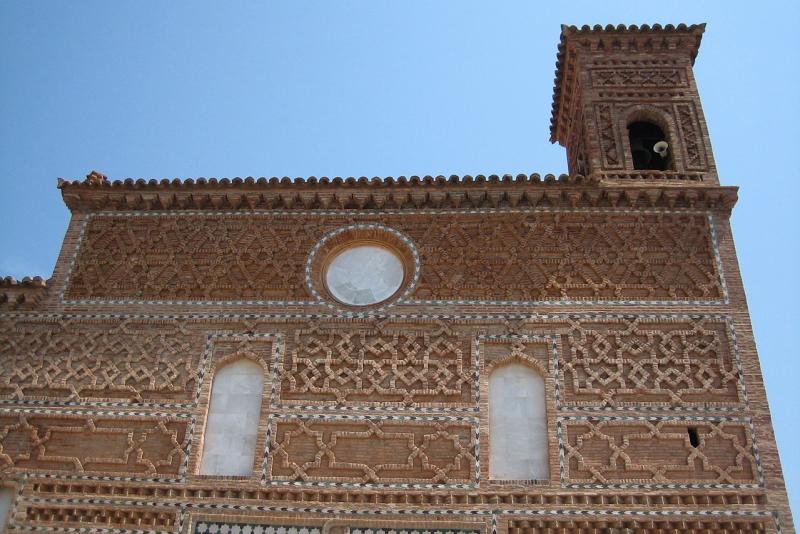
The church of Santa María de Tobed is a fortified Gothic Mudéjar church built between 1356 and 1385. Erected by the Order of the Holy Sepulchre of Calatayud, it is a prototype of a church fortress, a unique concept in Spain at the time. On the outside, it was designed for defence, with a peripheral gallery and a defence radius. It is a UNESCO World Heritage Site with 6 other Aragonese monuments.
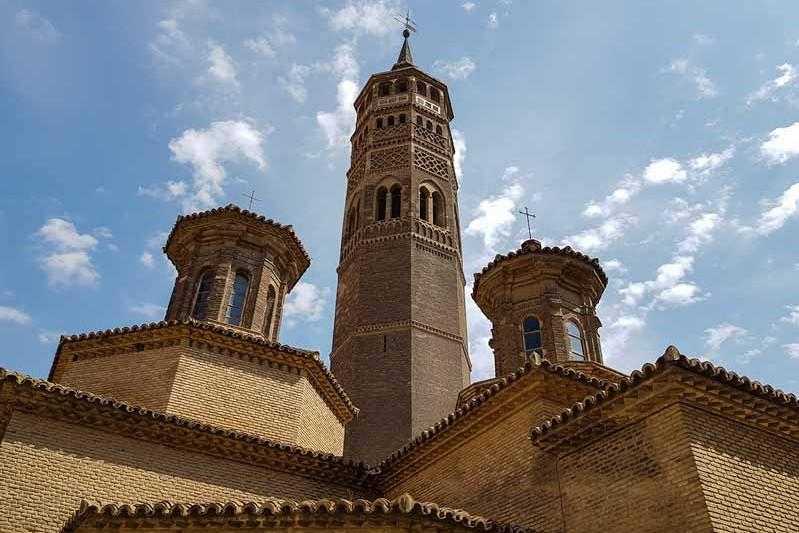
The church of San Pablo is a Mudéjar Gothic church dating from the turn of the 13th and 14th centuries. The Mudéjar tower with an octagonal plan is well known and is one of the best examples of a Mudéjar tower in the city. In 2001, it was inscribed on UNESCO's World Heritage List as an important example of Aragonese Mudéjar.
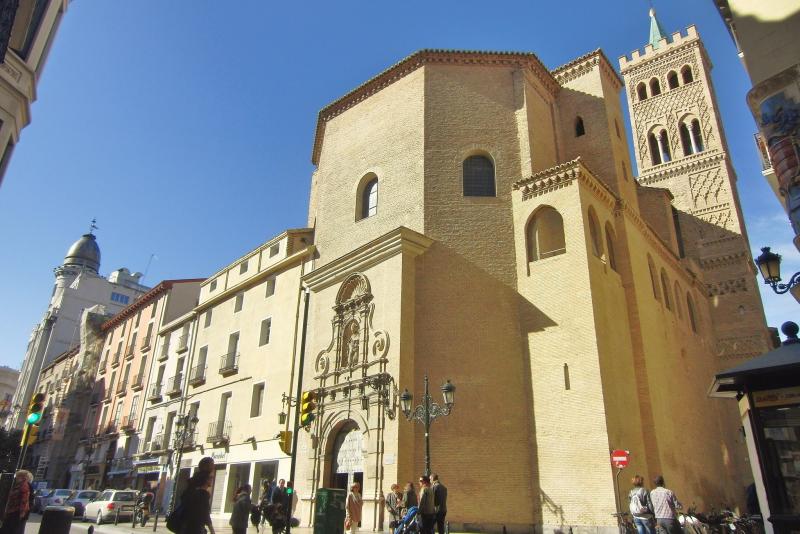
The church of San Gil is a church built in the 14th century in a Mudéjar style with baroque additions from the 18th century. It was classified historical heritage of Spain since 1967.
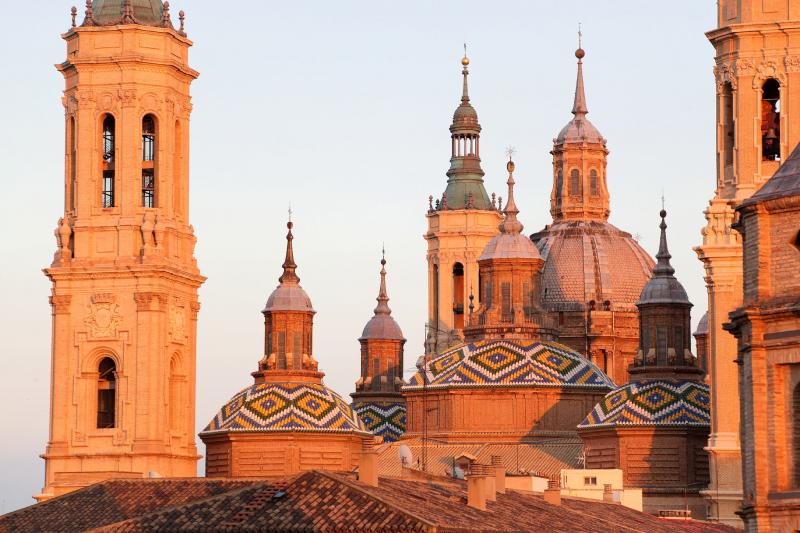
The Cathedral of the Saviour in its Epiphany of Saragossa was built on the site of an ancient Roman forum and the Saraqusta mosque, whose minaret still remains in the current tower. The building was started in the 12th century in the Romanesque style and underwent many renovations and extensions until the 18th century. It was declared a UNESCO World Heritage Site in1986.
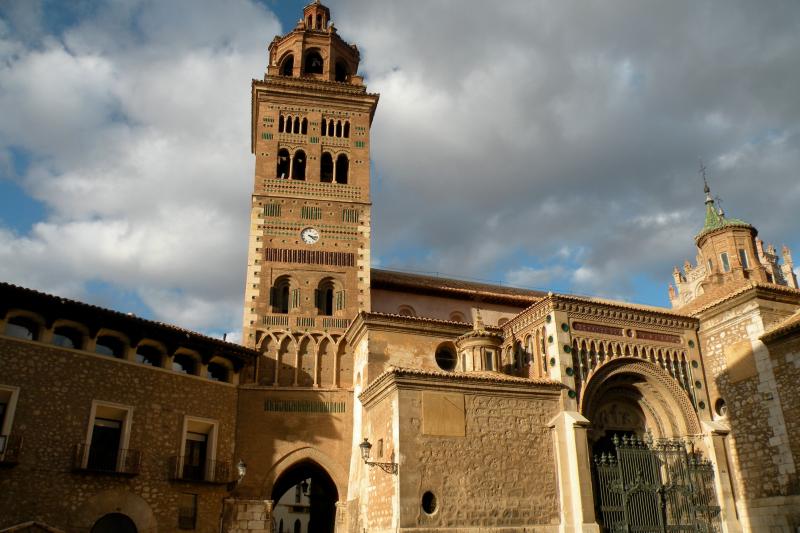
The Teruel Cathedral was founded in 1171 as a Romanesque church, and a Mudéjar-styletower was added in the 13th century. It was not until 1587 that it became a cathedral with the establishment of the diocese of Teruel. A notable example of Mudéjar architecture, it has been inscribed on the World Heritage List since 1986, along with other Aragonese Mudéjar buildings.